The Day of the Dead (Día de los Muertos) is a deeply significant celebration in Mexican culture, blending indigenous traditions with Spanish influence. This festival, occurring on November 1st and 2nd, honors deceased loved ones and celebrates their lives. One of the most captivating aspects of this celebration is its vivid and meaningful decorations. In this article, we will explore the traditional decorations associated with the Day of the Dead, their significance, and how they can be integrated into your own celebrations. Let’s dive deep into this colorful world of remembrance and joy!
Understanding Day of the Dead Decorations
Day of the Dead decorations serve a multifaceted purpose. They honor the dead, welcome spirits back to the world of the living, and create a festive atmosphere filled with memories and cultural pride. Below, we explore the most popular decorations used during this celebration.
1. Altars (Ofrendas)
At the heart of Day of the Dead celebrations are altars, or ofrendas, which are constructed to honor deceased loved ones. These altars are often elaborately decorated with various items, each carrying symbolic meaning.
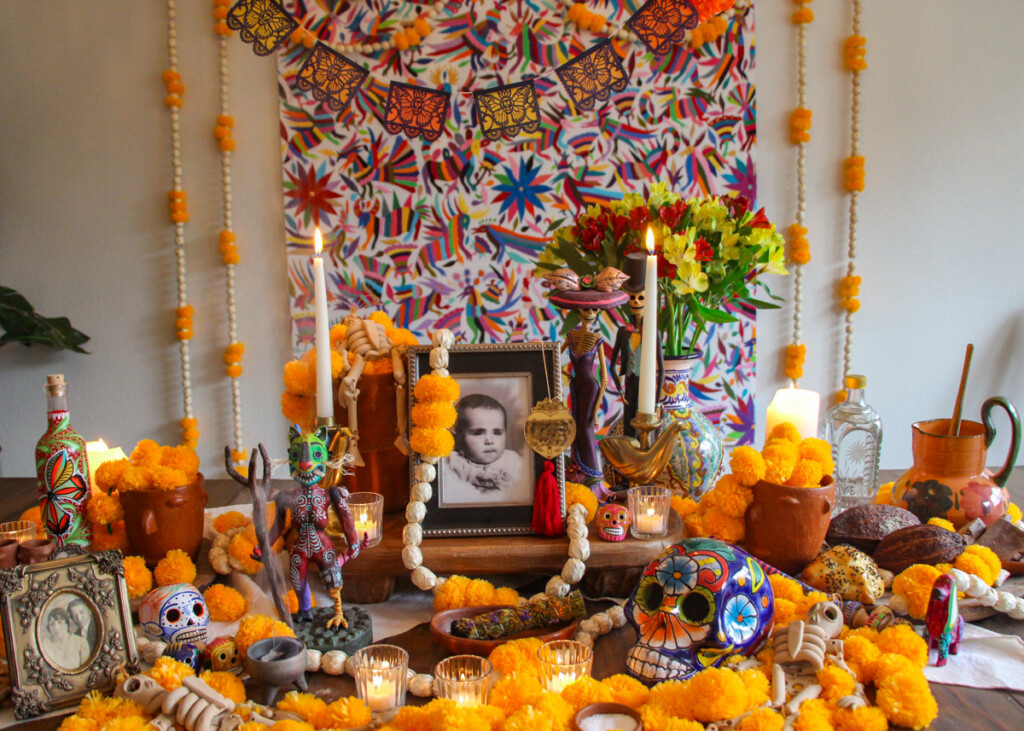
Components of an Altar
| Component | Symbolism |
|---|---|
| Photos of the Deceased | To remember and honor their lives. |
| Marigolds (Cempasuchil) | Guide spirits back to the altar with their vibrant color and scent. |
| Papel Picado | Symbolizes the fragility of life. |
| Food Offerings | To nourish the spirits on their return. |
| Candles | To guide the spirits with light. |
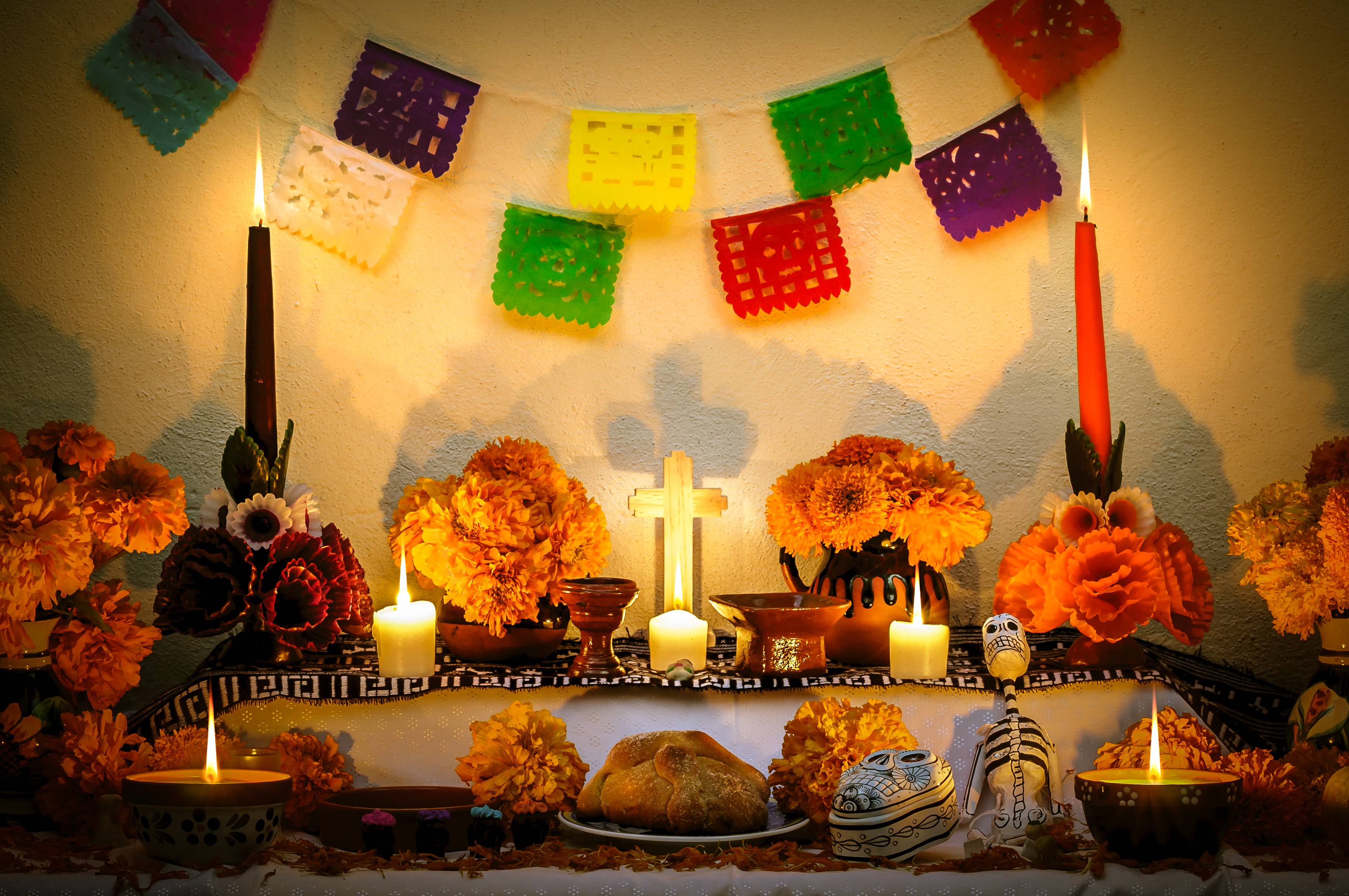
Creating Your Own Altar
When creating your own altar, consider including personal elements like photographs, favorite foods, and meaningful objects of your loved ones. This adds a personal touch that reflects your relationship with them.
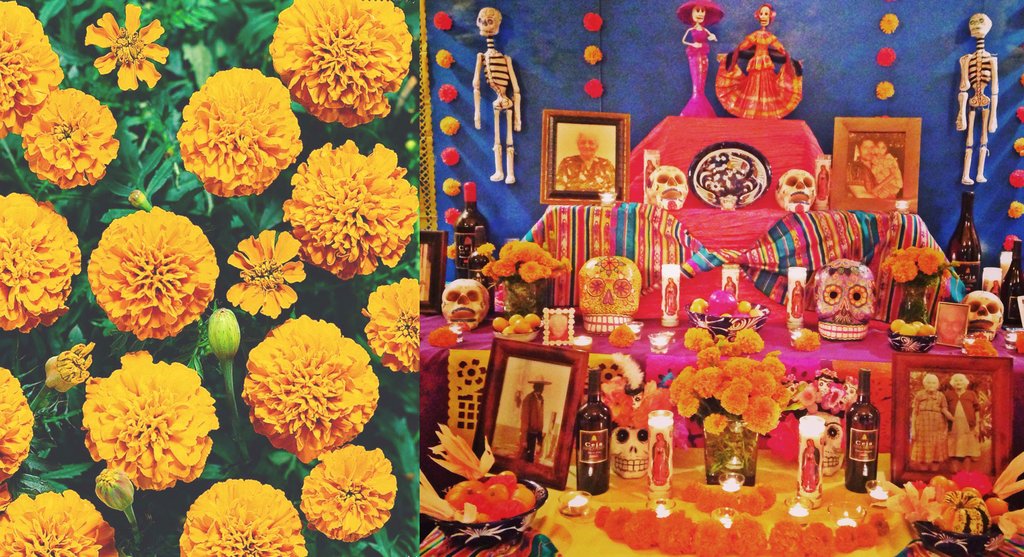
2. Marigolds (Cempasuchil)
Known as the flower of the dead, marigolds are a quintessential decoration for the Day of the Dead. Their bright orange and yellow hues symbolize the sun and serve to attract the spirits of the departed. In my experience, creating a marigold arrangement can be a joyful bonding activity with family, as we reminisce about the loved ones we are honoring.

The Role of Colors in Day of the Dead Decorations
Colors play an essential role in Day of the Dead decorations, each carrying its own meaning. Understanding these colors can add depth to your celebration.
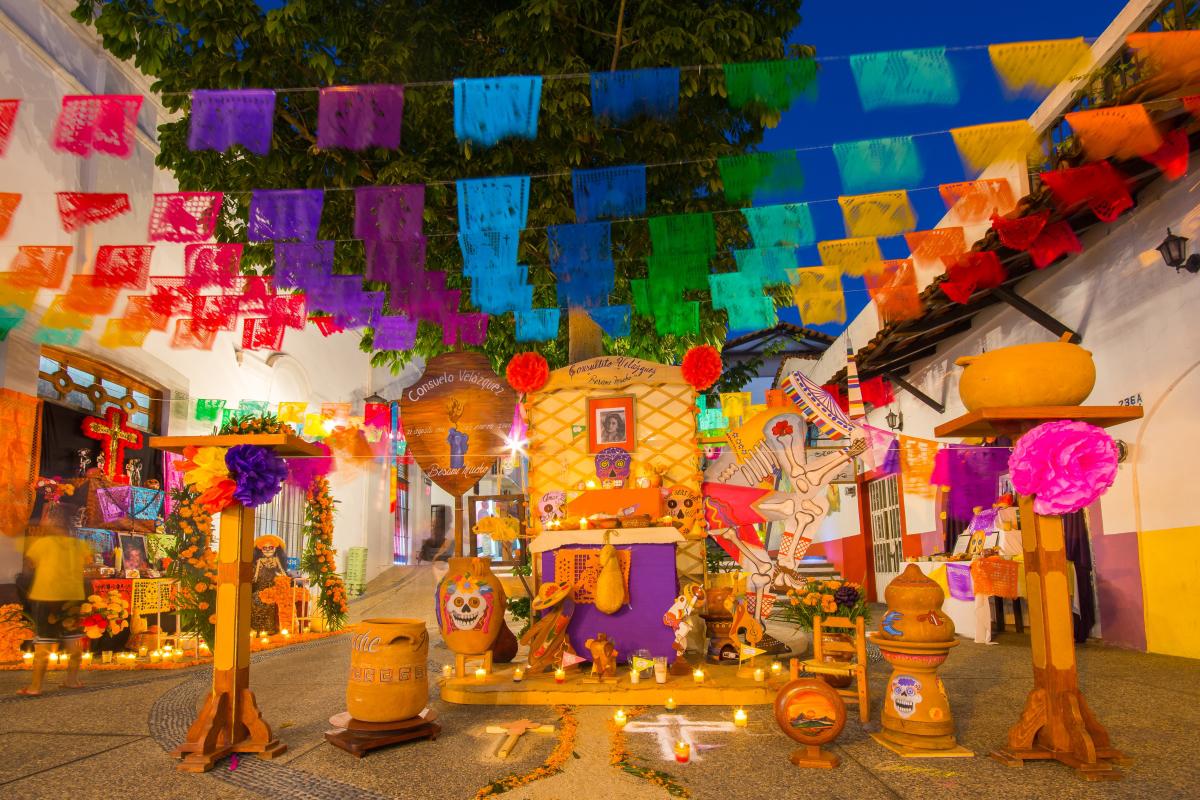
Popular Colors and Their Meanings
| Color | Meaning |
|---|---|
| Yellow | Represents the sun and the brightness of life. |
| Purple | Symbolizes mourning and the memory of the dead. |
| Red | Represents the blood of life and sacrifice. |
| White | Symbolizes purity and the spirit’s return. |
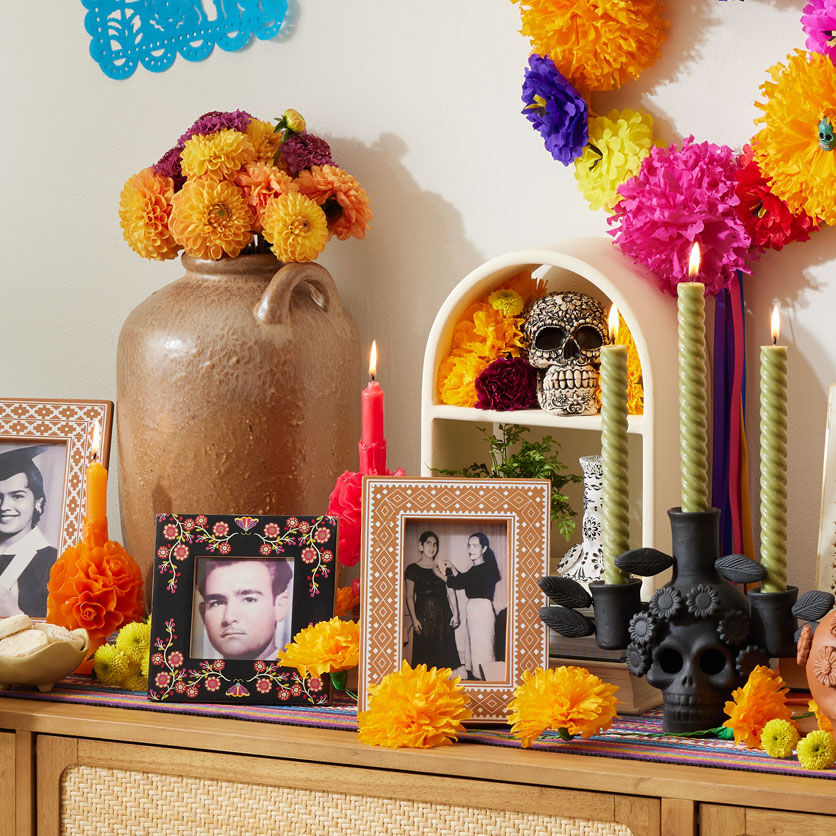
Traditional Decorations in Detail
1. Papel Picado
Papel picado, or perforated paper, is a stunning decoration that adorns many Day of the Dead altars. The delicate, intricately cut designs symbolize the fragility of life. Hanging papel picado adds a festive look and movement to any celebration. Each color and design can carry its own meaning, connecting back to the traditions of the festival.
Making Your Own Papel Picado
Creating papel picado can be a delightful craft project. You can use tissue paper and scissors to cut out designs, making it a fun activity for all ages. Each piece can be personalized to reflect the individuals you are honoring, making the decoration even more special.
2. Sugar Skulls (Calaveras de Azúcar)
Sugar skulls are one of the most recognizable symbols of the Day of the Dead. These colorful decorations are often placed on altars and are intricately decorated with icing, representing the departed. The incorporation of names on the skulls serves as a personal touch, reminding us that death is a part of life and should be embraced with joy.
Making Sugar Skulls
Involving family and friends in the sugar skull-making process can add an element of fun to your celebration. You can buy kits or make your own sugar mixture; decorating them with bright colors is a way to engage creativity while honoring your loved ones.
Tips for Creating a Memorable Celebration
Creating a vibrant Day of the Dead celebration is about more than decorations; it’s about immersing yourself in the culture and spirit of the holiday. Here are some tips to ensure a meaningful experience:
1. Involve Family and Friends
Invite family and friends to participate in the decoration process. Sharing stories and memories can be a beautiful way to honor the deceased together.
2. Personal Touches Matter
Include personal items that belonged to the deceased—such as clothing, favorite foods, or hobbies—to make the altar more relatable and relevant.
3. Mind Your Timing
Prepare your decorations in advance to avoid last-minute stress. This allows you to focus on the meaning behind the decorations and the memories of your loved ones.
Pros and Cons of Traditional Decorations
| Pros | Cons |
|---|---|
| Rich Cultural Significance | Can be time-consuming to create and arrange. |
| Offers a Personal Touch | Some materials can be expensive, especially if buying ready-made items. |
| Encourages Family Bonding | Requires space and a suitable area for display. |
Frequently Asked Questions (FAQs)
What is the significance of the marigold in Day of the Dead decorations?
Marigolds (Cempasuchil) are believed to guide the spirits of the deceased back to their altars through their bright colors and distinctive scent.
How can I make my own sugar skulls?
You can make sugar skulls using a simple mixture of sugar, meringue powder, and water. Mold them in skull-shaped molds, let them dry, and then decorate with royal icing.
What materials are commonly used for papel picado?
Traditional papel picado is made from tissue paper, but you can also use plastic for outdoor decorations due to its durability.
How do I create an altar for Day of the Dead?
To create an altar, gather personal items, photographs, food, candles, and decorations like marigolds and papel picado to honor your loved ones.
Conclusion
Day of the Dead decorations are not just visual elements; they embody the love, memories, and cultural richness of a celebration that has spanned generations. By integrating traditional decorations such as altars, marigolds, papel picado, and sugar skulls into your own celebrations, you connect with a deeper understanding of life and death. As you embark on this colorful journey, remember that each decoration tells a story—one of remembrance, honor, and celebration. Happy Día de los Muertos!